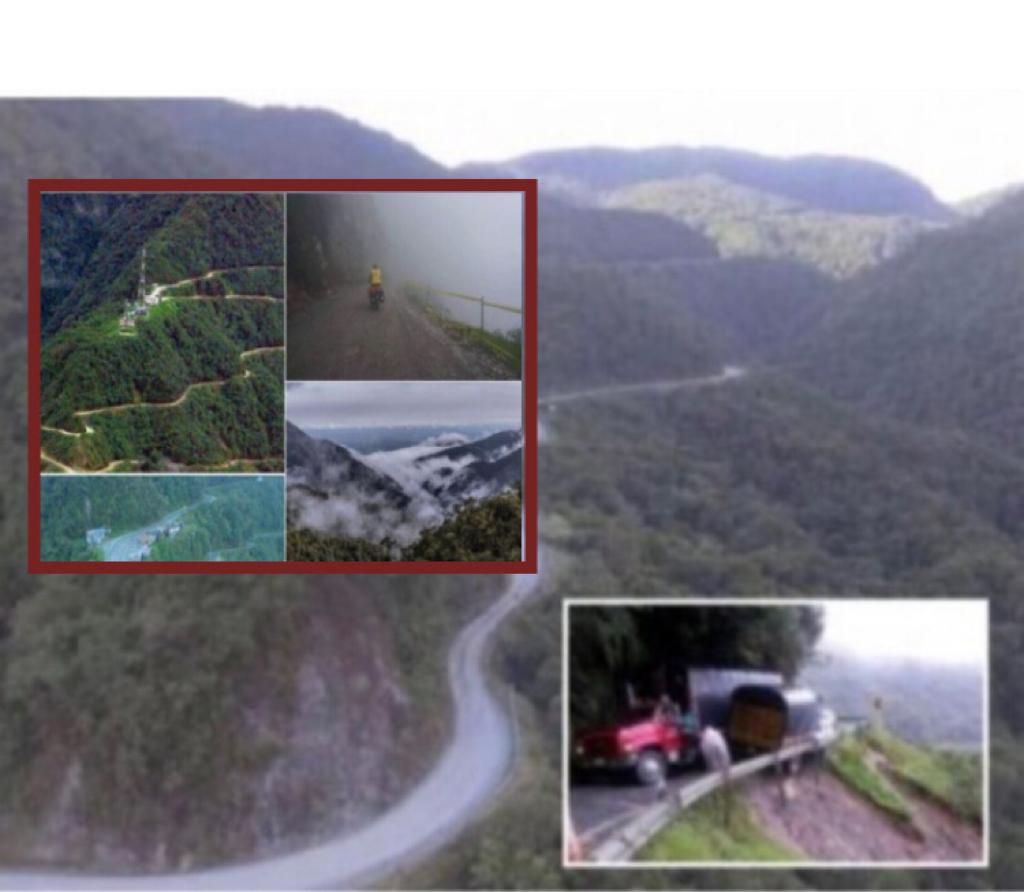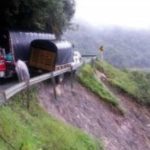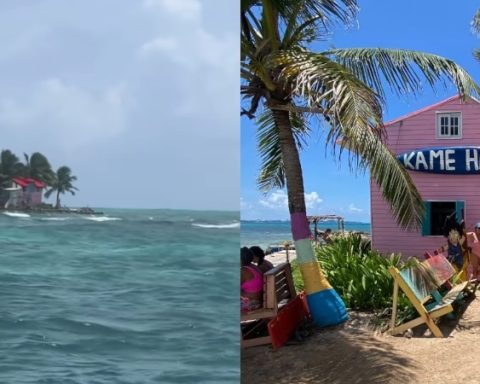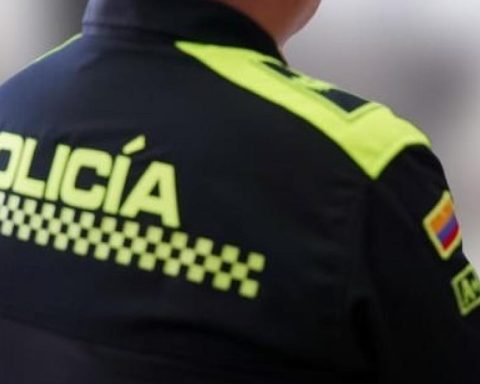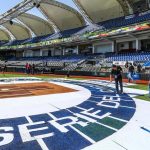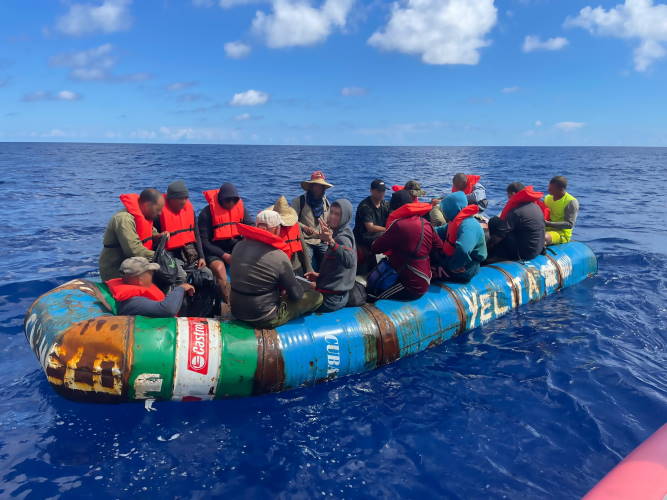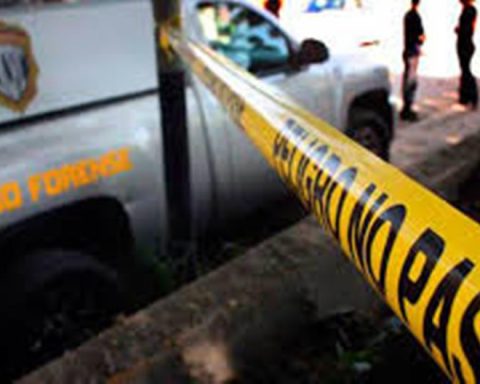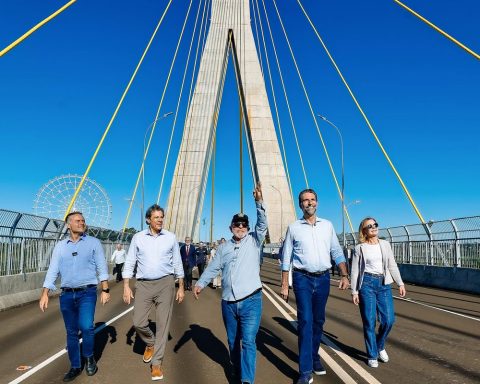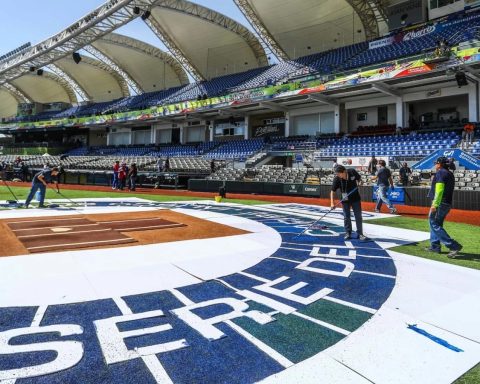To the drivers who cross the so-called ‘Springboard of Death’, they say “my respects”. For many, “it is a trauma to go through there”, but it is a place “of beautiful landscapes”.
Narino News.
On July 19, 1991, more than 50 people died buried and swept away by an avalanche, the tragedy in Murallas, on the Mocoa-Pasto road, which with each downpour or the onset of winter, generates fear, today that long-awaited passage through the variant San Francisco-Mocoa to cross Putumayo and Nariño continues to register fatalities, vehicles that go into the abyss in the so-called ‘trampoline of death’.

The accident rate has also decreased in part, because “by force in the face of so much tragedy”, drivers are also more cautious when passing.
Through there, they pass from motorcycles to cargo trucks.
A road that is also a ‘white elephant’, the work to make a passable and safe road has been announced many times. But it is still the same.
Going through this road today is still a feat.
A place, tragically beautiful.
enviable landscapes.
To the drivers who cross it, they say “my respects”. For many, “it is a trauma to go through there.”
Others describe the The most critical situation is from “El Mirador down, it’s time to get their hands on that route.”

Travelers pass through this highway, not only from Putumayo and Nariño, but also the cargo trucks that supply the two departments.
There is a light of hope, the 1.2 billion pesos approved by the national government for the variant to be completed.
- «Excellent to unbottle Nariño. 12 hours to Bogotá without passing through La Línea”, the drivers rejoice.
The Governor of Nariño, Jhon Rojas, highlighted in September the support for the return of the work.
However, and like many things in Colombia, this place that generates fear also has beautiful landscapes, a great variety of fauna and flora.
An enviable place of mountains and rivers.
The film that talks about the abandonment and corruption of the San Francisco-Mocoa variant
